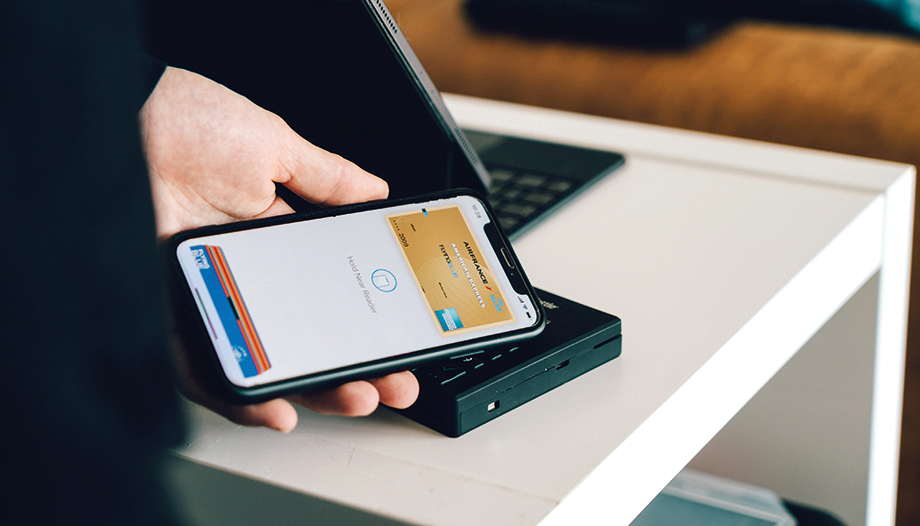A Near Field Communication or simply NFC, allows data to be exchanged wirelessly between two devices in real time. It is very similar to the already widely used WLAN or the popular bluetooth.
How does it work?
To begin with, it is important to make it clear that NFC has the particularity that, in order to work properly, the devices in question need to be very close to each other, at distances of less than 10 centimeters. The benefit obtained by this is all the security of the data being transferred, since in this way the theft of information by any third party is avoided. hacker.
This technology allows the exchange of data in a unidirectional way, from one device to another. But it also allows bidirectional exchange, that is, between both devices at the same time.
The use of the NFC system is very efficient, requiring only 200 microseconds to make the connection between devices. In addition, the vast majority of devices are already equipped with this system. The smartphone since Android version 4.0 already support NFC protocols, as do Apple products since the iPhone 6.
Phones, tablets and other smart devices have up to three different ways of running the NFC system:
-The NFC device can be used by the user in a read/write mode, which allows the user to use his NFC device in a terminal machine that will read and, if necessary, write data.
–mode Peer-to-Peer. That is, the exchange of data between two or more devices.
-Card emulation. In this case the user selects a card to make a payment, placing his device near the POS, as if it were a physical card.
Where does it apply NFC technology?
One of the features that makes NFC technology so attractive is its quick and easy setup in a wide variety of industries.
-Payments via cell phone. In this case, the payment replaces the use of a bank card. Instead of a physical card, a virtual image of the card is created on the phone to make the corresponding payment.
-Payments contactlessincluding electronic toothbrushing in churches and parishes.
Two-factor authentication. One of the most common uses of NFC is related to security in order to have permission to access the computer or a web application. The usual way, the password is entered and the NFC device is placed near the specially enabled sensor so that the system recognizes and allows access to the user.
-Purchase of tickets in digital support. This is basically a way to replace the classic piece of paper that allows us to enter a movie theater or a concert.
-Access control to hotels or restaurants. Entry to hotels or certain restaurants is limited to the use of RFID which, in simple terms, is a chip that allows access to certain restricted areas or zones.
The success and use of the NFC system (in general of any technology) does not depend exclusively on who is in charge of providing the application, but also on the individual who uses it. There is no point in introducing mechanisms to speed up procedures and data exchange if users do not put them into practice correctly. For this reason, if someone is thinking of using an NFC, the best thing to do is to keep his or her credit card in a protective case that blocks interference from external agents. If, on the other hand, you are planning to use the smartphoneFor example, it is best to activate the NFC mode only at the moment of, for example, making a payment, deactivating it immediately after making the transaction.












